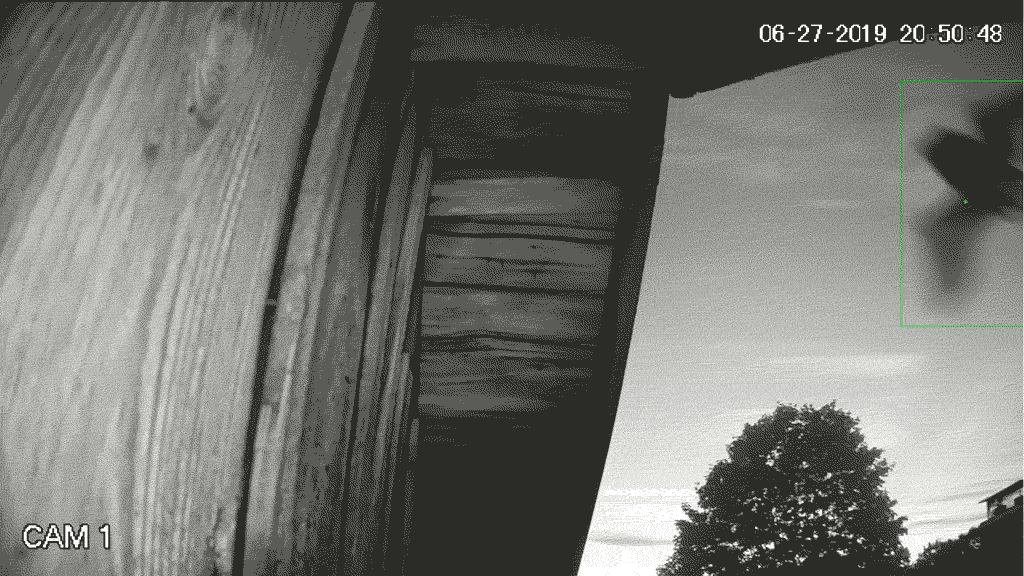
Bat Emergence Counting
Understanding bat populations is important, especially so for species affected by white nose syndrome (WNS), a fungal disease, in North America. Monitoring summer bat activity allows fish and wildlife agencies to make informed decisions regarding the welfare and conservation of these important mammals. As an example, the females of little brown bats (Myotis lucifugus) congregate in colonies during the spring and summer to give birth and rear their young. Determining the number of bats in these maternity colonies often requires people to count them as they emerge from the roost just after sunset. Unfortunately, it can be difficult to see the bats since the counts start at dusk and can continue for an hour or more, which means it is dark by the end of the count. Additionally, the same location must be monitored several times to account for natural changes in the size of the colony as bats arrive, young begin to fly, and as bats leave in the late summer.
Dr. Katherine Ineson at the University of New Hampshire decided that instead of having to physically be present to count bats, it was much easier to place a surveillance camera near the roost, record the emergence event, and perform the counting later. This helped get better temporal coverage and reduced transportation time but still required her to watch the full videos (which are over an hour long) and manually count bats as they emerged. While less time-consuming than in-person counting, there was still an opportunity to make the process more efficient.
Dr. Ineson shared some of these videos with us to see if we could create software to automate the counting process. Luckily for us she was quite a diligent researcher and recorded a time stamp for when in the video each bat left the roost so that we could compare our detections to hers! On the first go around the software had a count that was within 5% of the manual count (281 vs. 292). The source of error was the software counting one bat when two (or three) had jumped at the same time and counting a bat looping in front of the camera as a bat flight into the roost! Check out the video below to see the software at work. Once a manual review process for ‘suspect’ bat tracks was added, the results were over 98% accurate. For more information on how the counting was done and how it might be used for your next project, contact us!
